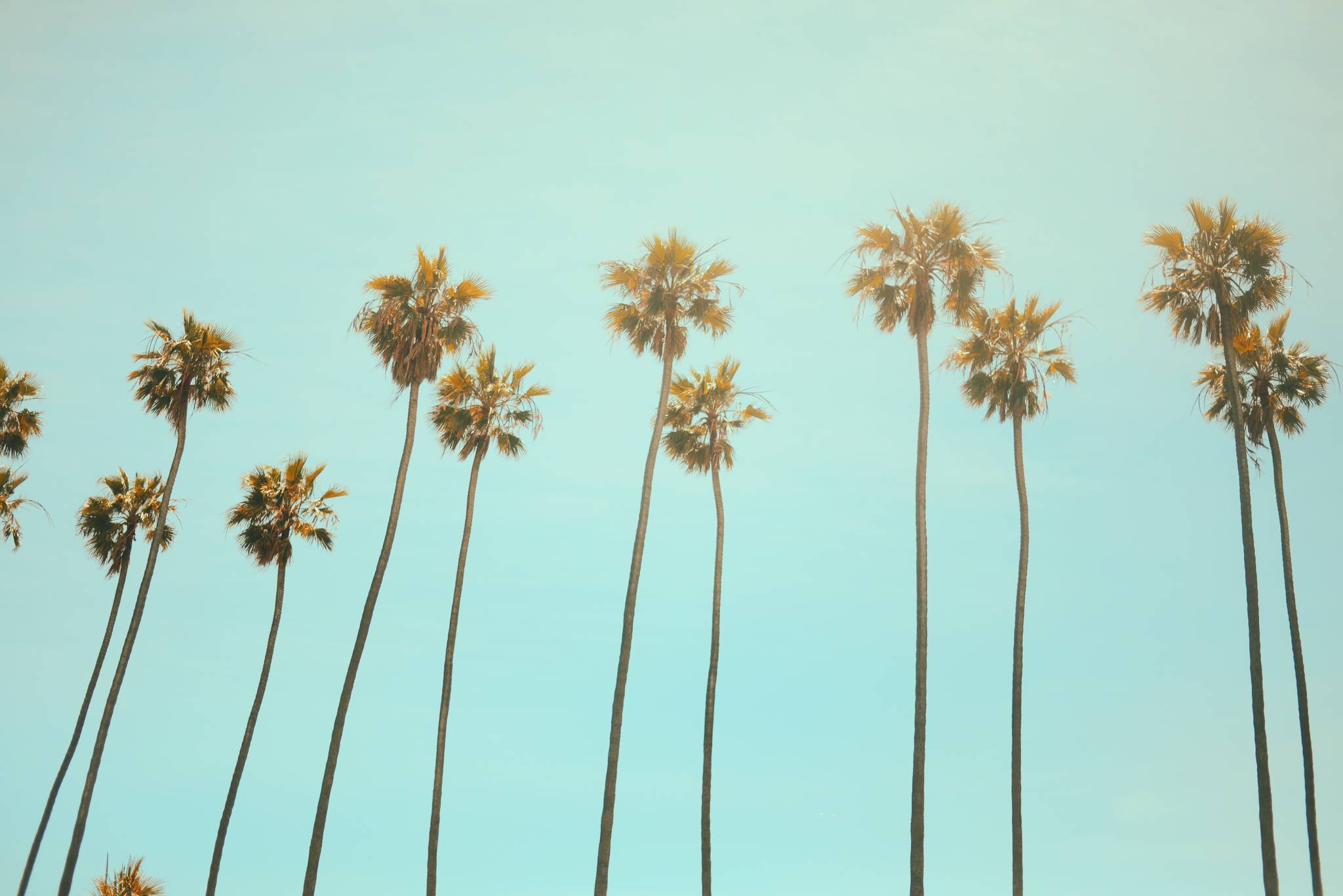I recently made a visit to California, stopping briefly in Tahoe and the region around San Jose. There was little opportunity to pursue my usual natural history interests, but here is a small collection of observations.
— A chubby California ground squirrel climbed up a manzanita shrub to eat the fruits that give the shrub its name (manzanita means “little apple”).
— A family of Brewer’s blackbirds scoured the ground for picnic scraps, the well-grown juveniles still trying to coax tidbits from the parents. These blackbirds were the common avian scroungers in many picnic areas, waiting for visitors to drop tasty bits. Other moochers around the picnic tables included one or two kinds of chipmunks and the golden-mantled ground squirrel, which looks like a big chippie but lacks the head stripes.
— A group of wild turkeys was a big surprise, seen as we whizzed along a highway. It turns out that turkeys were introduced to this area decades ago from the native Rio Grande population.
— A male western tanager posed next to the road, so everyone in our slow-moving cavalcade got a good look at it. Even the non-birdwatchers enjoyed this colorful fellow.
— Both ponderosa pines and Jeffry pines grow at mid elevations here. They look quite similar, but their the spines on their hefty cones are different: those on ponderosa cones stick out and stab the hand that grabs them, but those of Jeffrey cones are bent back and do not stab. If you can’t find a cone for conducting this test, try smelling the bark. Jeffrey pine bark is aromatic, fruity or vanilla-scented, depending on the observer. My nephew and two of his small offspring joined me in smelling the tree trunks; the rest of the clan took this as confirmation of lunacy.
— On a stroll through a coastal redwood grove, I noted that many of the big trees were circled by dense crowds of small juveniles sprouting at the base of the trunk. Redwoods sometimes form hefty burls at the root crown. This type of burl is known specifically as a lignotuber, composed of numerous dormant buds and food reserves. The buds are reportedly stimulated to sprout if the adult is damaged or begins to die. If the adult actually dies, a few of the sprouts can take over that location, surrounding the old stump. However, unlike the very thick-barked adult, the sprouts would be very vulnerable to ground-fire. Burl sprouts also self-thin rapidly, especially at low light levels; at extremely low light levels, all of them die. Presumably, the crowds of juveniles around these trees had not self-thinned much: some of the small trees were several feet tall, despite the crowding.
— In the same grove, a few of the small redwoods had white, not green, foliage. Lacking chlorophyll, these cannot conduct photosynthesis to produce the carbohydrates needed for growth. So they are dependent on their connections to adjacent trees that do have the usual green foliage. Those connections might be direct (root to root) or via fungal links. The white trees are little parasites!
— The Monterey Bay Aquarium occupied me for several hours, gawking happily at the varied displays. A large, tropical comb jelly was fancifully adorned with more colorful frippery and furbelows than any I’d ever seen before (being accustomed to more modest ones, with their rows of cilia around an oval body). The perilous state of the endemic population of vaquitas in the Gulf of California was featured in one area. These small porpoises get caught in fishing nets and drown; they also have already lost most of their food fishes to greedy humans, who ship just a certain body part to China (for pseudomedical sales). Sadly, there are only 30 or fewer still left.
A video of cuttlefish showed the tentacles shooting out with incredible speed to snag a hapless little shrimp. That fascinating sight captivated me, but I don’t know much about cuttlefish, except that they are related to octopuses, nautiluses, and squid, a group of molluscs collectively known as cephalopods. So I looked up a few bits of information. The two long tentacles are hidden among the eight short arms, when the animal is just cruising around. Most cuttlefish are fairly small, with a body length less than about 20 inches long. They travel by jet propulsion (forcing water out through a siphon) and by undulating the fins on the side of the body; the ones I watched also seemed to walk on some of the arms (but that might have been an illusion). Cuttlefish can change color and pattern rapidly and spew forth a cloud of ink to obscure their movements. They have relatively large brains and excellent vision. They don’t live very long, reportedly just a couple of years. Males fight over females and the winner inserts his sperm into the front of the female’s mantle cavity using his tentacles. Males can even remove the sperm of the female’s previous mate, flushing it away (a tactic not limited to these critters, by the way).
And here are some un-natural history observations: It was a short visit, but it didn’t take long to grow weary of congested highways and traffic delays, the many other roads squirming off in all directions (GPS was essential), beaches that were packed with bodies in various stages of sunburn, parks thronged with humans. Almost every flat expanse that wasn’t covered with buildings featured vast agricultural fields of sunflowers or artichokes or other monocultures. Gigantic strawberry fields harbored odd, round-backed creatures near every row — stoop-labor at work. Some enormous fields were entirely sheathed in plastic, reportedly for weed control. Not my idea of a place to live! I was very glad to leave it and come home!
• Mary F. Willson is a retired professor of ecology. “On The Trails” is a weekly column that appears every Wednesday.

